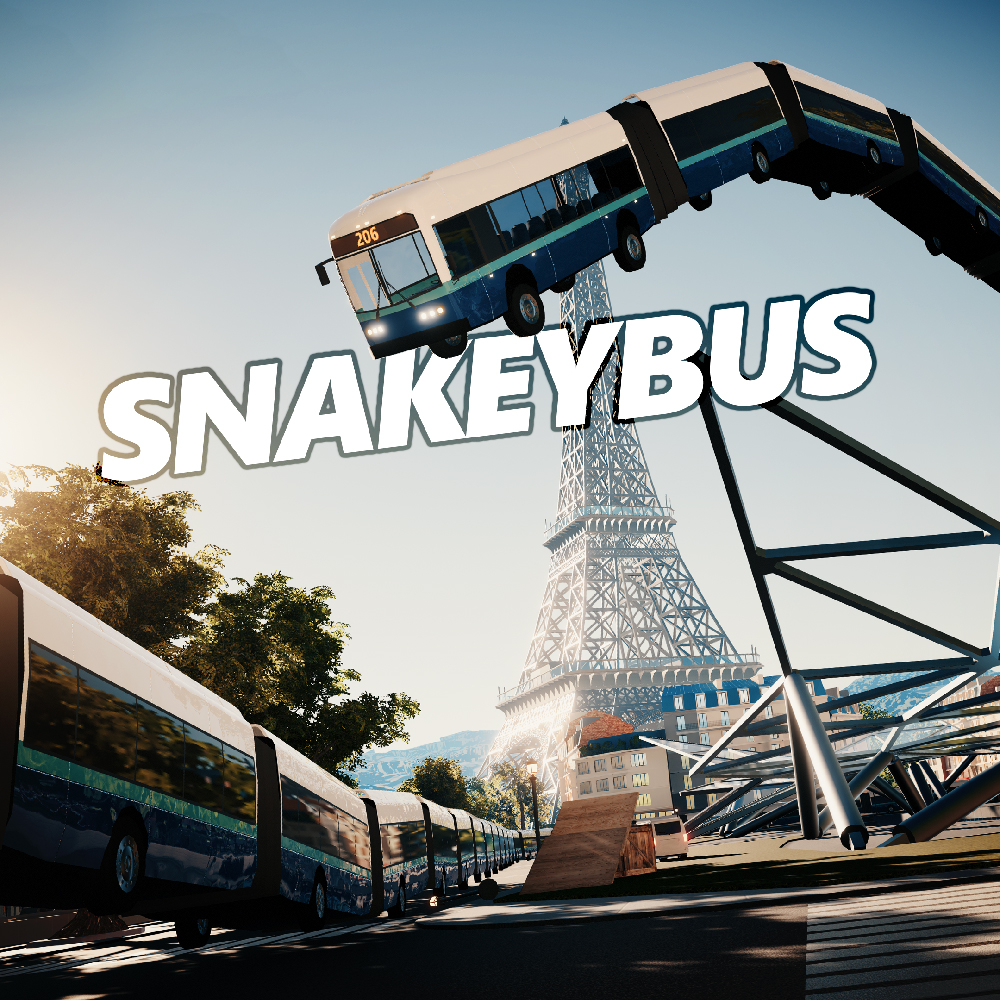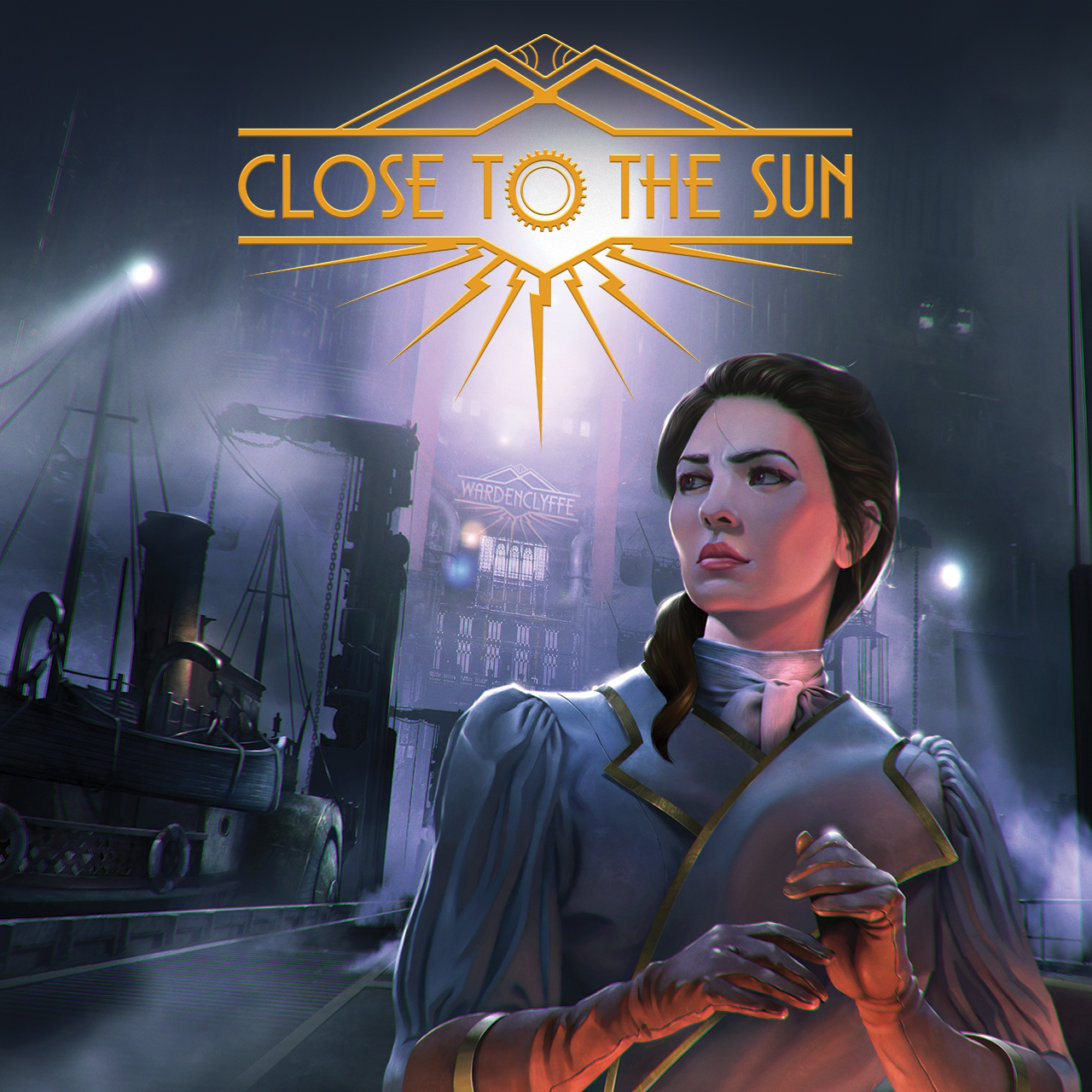Reflection of Mine
Fast Facts
Reflection of Mine
Developer: Redblack Spade
Publisher: Ratalaika Games S.L.
Website: https://www.ratalaikagames.com/games/reflectionofmine.php
Genre(s): Horror, Puzzle
Platform: Xbox One (also available on Nintendo Switch, Playstation and PC)
Age Rating: PEGI 12
Release Date: 09/10/2020
Price: £7.99
A code was provided for review purposes
Reflection of Mine is a horror-themed puzzle game where the story focuses on the main character’s dissociative identity disorder. If you’re not familiar with this illness, you can find out more on the NHS, Mind, or Safe in Our World websites. Reflection of Mine was originally released on PC in 2017, so how did this 2020 console port go down? Get the details below.
The Lay of the Land
You play as Lilly Witchgan and her various personalities. Levels are either puzzles (where you control two of Lilly’s personalities at once) or story interludes where you may also learn a new skill to be used in future puzzles. The difficulty lies in having to control two characters at once as you try to avoid the obstacles to get to the end of the level. Characters may move in different directions. For example, pushing ‘up’ on the directional joystick may move one of the characters up and the other down. Obstacles also appear in different locations for each of the characters.
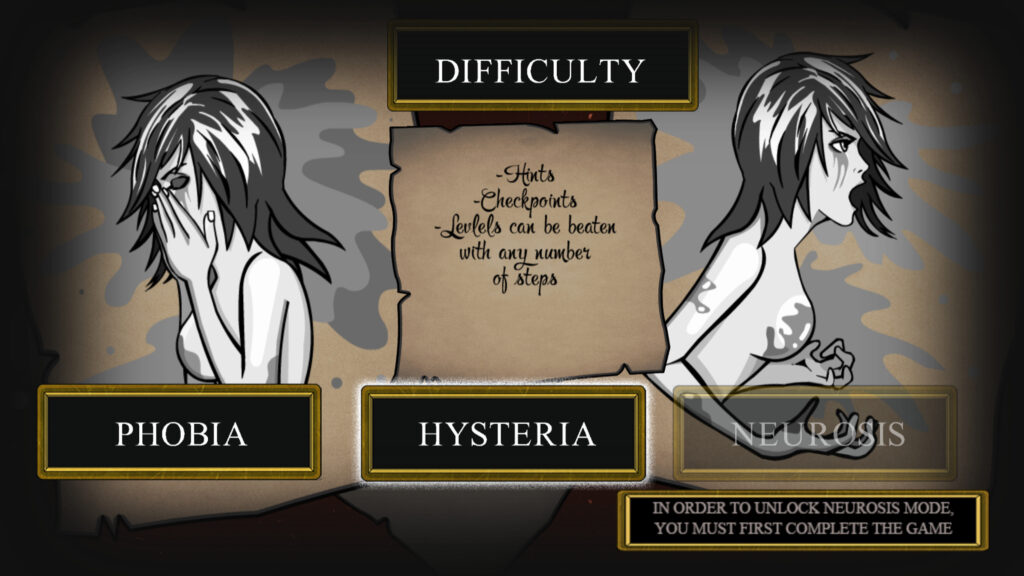
There are twelve main levels in each of the four chapters. The difficulty setting you select at the beginning of the game (Phobia or Hysteria; Neurosis is unlocked by completing the game) will determine how many of the levels you need to complete to gain access to the next chapter. This also determines whether there will be save points throughout each level. I played on the medium setting and needed to complete five levels before being able to progress to the next area. If you clear an area, special ‘key’ (think lock) levels become available. These missions are significantly more challenging than the main ones.
Hope You Like them Tough
There is a steep difficulty curve in each area. The first level introduces you to the new idea for that section and subsequent levels are considerably more difficult. However, the developers did implement a help tool to stop you getting stuck. If you fail several times at a level you can get ‘help’. This involves temporarily leaving the main level to complete a side level and collect mask tokens to give you help points. Once you return to the main level, you can use these help points to see ghost characters complete up to the next save point. However, on the very last level you can’t use them – you’ve got to rely on brainpower alone.
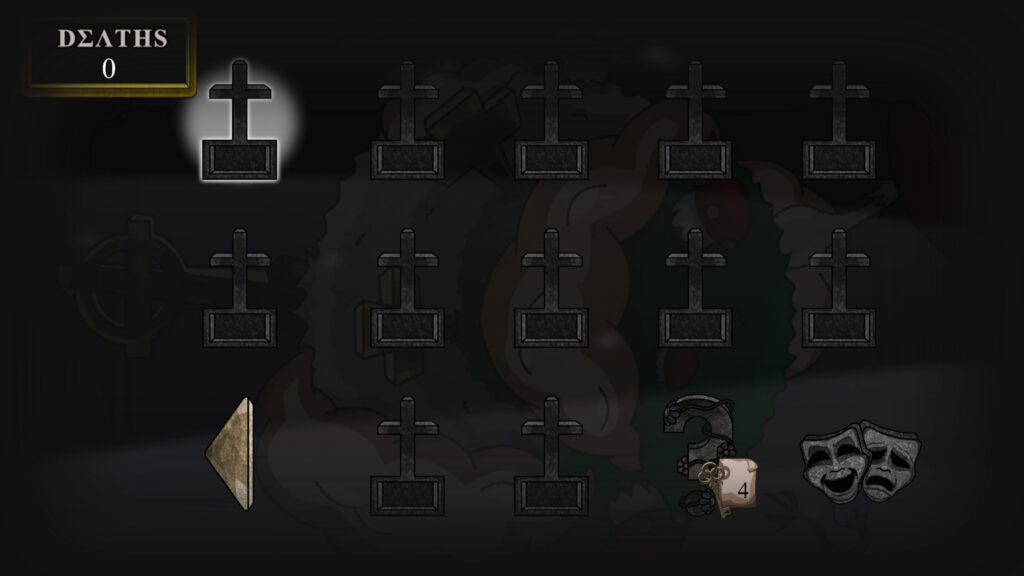
Last Season’s Edition
When I picked up Reflection of Mine, I had wondered whether it could be a game that might help dispel some of the myths and stigma in mainstream media towards mental illness and in particular, dissociative disorders. However, my heart sank after only a few moments of playing as the words ‘insane asylum’ appeared on the screen. Despite the up-to-date naming of the disorder in the description, throughout the game, it is referred to as the outdated ‘multiple-personality syndrome’. This is a perfect example of how I feel the game’s attitude towards mental illness is: antiquated.
A Tired Story
The plot in Reflection of Mine is very muddled at times. It relies on tired and inaccurate media tropes of all mentally ill people being crazy, having a ‘darkness within’, being wildly unstable, dangerous, manipulative etc. and it promotes these ideas to the player. In addition, I think the way the game handles treatment and medication for dissociative identity disorder and the topics of suicide and overdose is irresponsible. Within the game there are parts of the story where Lilly is encouraged to overdose, levels where she eats pills to progress and wears a straitjacket. Frequently, I felt disturbed and uncomfortable with the way Lilly’s story and treatment was presented.
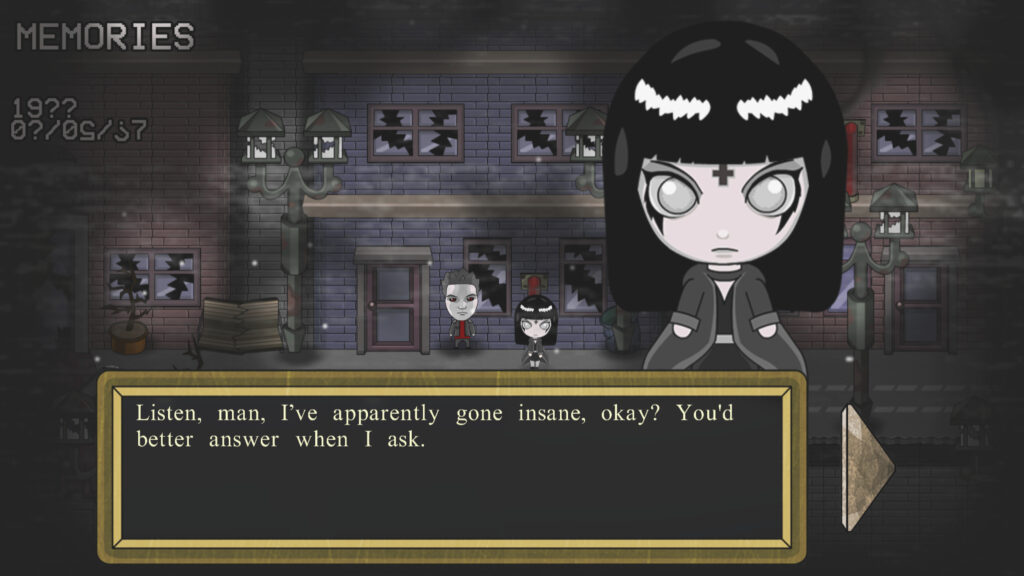
In Reflection of Mine there are aspects of dissociative identity disorder which are portrayed accurately according to the information on the NHS website. For example (on the NHS website) it describes someone with dissociative identity disorder having ‘several distinct identities’ and ‘memory gaps about everyday events and personal information’. However, I do feel that there were some parts of the story which promote problematic and stigmatising ideas.
There was nothing in my research that suggested that the routine behaviour of individuals with this disorder during personality switches was to commit violent/criminal acts, such as burning down property (as in the game). Since the ideas in Reflection of Mine have the potential to encourage stigma against those with mental illness and since it could be played by a younger audience, perhaps some kind of disclaimer at the beginning would be appropriate. Something to make it clear that this is a dramatization, an extreme, not the normal experience of living with the disorder.
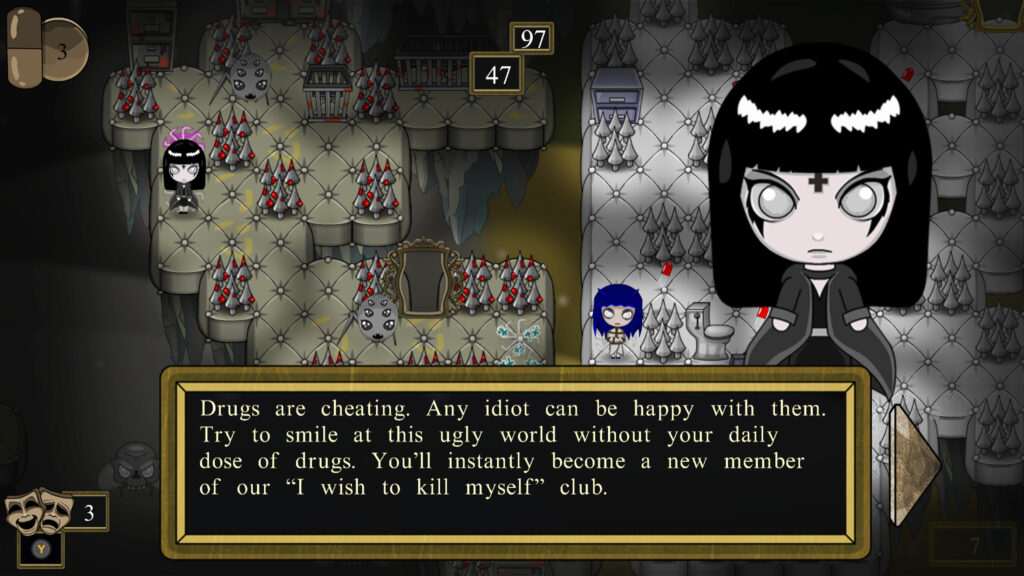
A Disturbing End
Trigger warning – suicide.
Spoiler alert – information regarding the game’s ending.
At the end of the game the medical professionals caring for Lilly seem to just give up on her and lock her in her room, leaving getting better up to her. They question whether it makes sense to continue treating her, calling her disorder a ‘darkness inside herself’ that she doesn’t want to fight. After completing the last level there’s a story scene where a character encourages Lilly to hang herself. It finishes with you having the choice whether Lilly does or not. I feel that this ending trivialises the devastating issue of suicide. I think that promoting the idea that her illness is some kind of darkness rather than a medical condition is dangerous and stigmatising.
If Only They’d Stopped at Puzzles
As a pure puzzle game, Reflection of Mine does have merit. Each area has its own little quirks and tricks to learn in addition to controlling two characters at once. It’s really challenging at first but once I got used to the mechanics, I enjoyed most of the puzzles. The concept makes you think carefully about every move and whether sometimes it might be more fruitful to first go back in order to advance. I haven’t come across this type of puzzle mechanic before so I htought it felt fresh and unique. The soundtrack is another bonus. Tunes alternate between chilled and upbeat, all with a dance vibe to them.
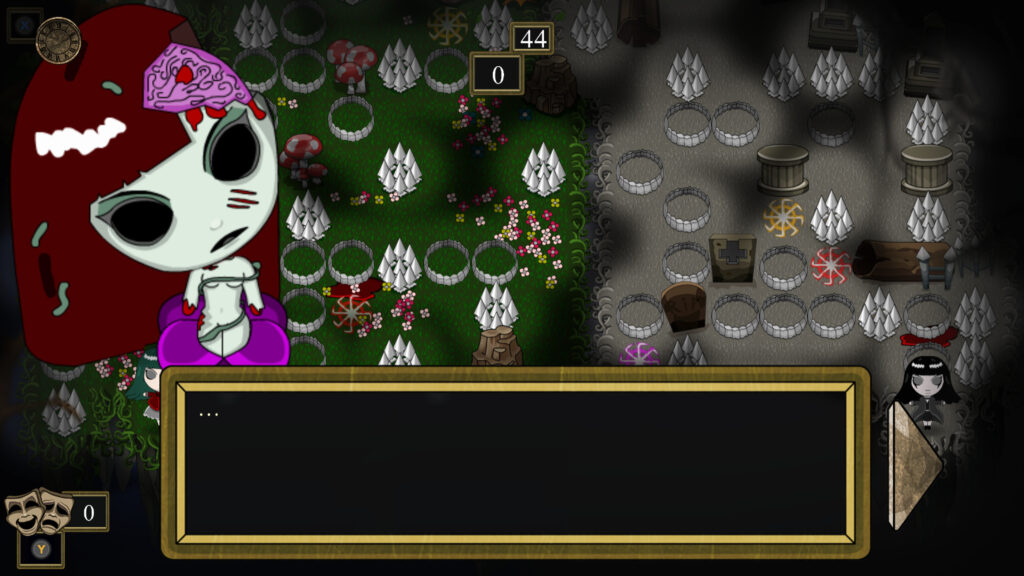
The artwork in Reflection of Mine ranges from a vibrant, gothic cartoony style to some more anime looking images. Disturbing images aside, I liked the way the game was presented visually. During levels, you have the ability to zoom in and out of puzzles. This is advantageous because it means you can see the part you are working on in more detail and also see your final destination.
Will You Be Going Back for More?
Sometimes the help points malfunctioned. In one instance the helper ghost tried to take me through an obstacle, another time they appeared off the puzzle map and on one occasion they tried to take me off the puzzle map. These were rare instances though. I’m not sure how long it would have taken me to work out some of the puzzles without the helper ghosts on some levels. Therefore, if you like a challenge, you won’t be disappointed.
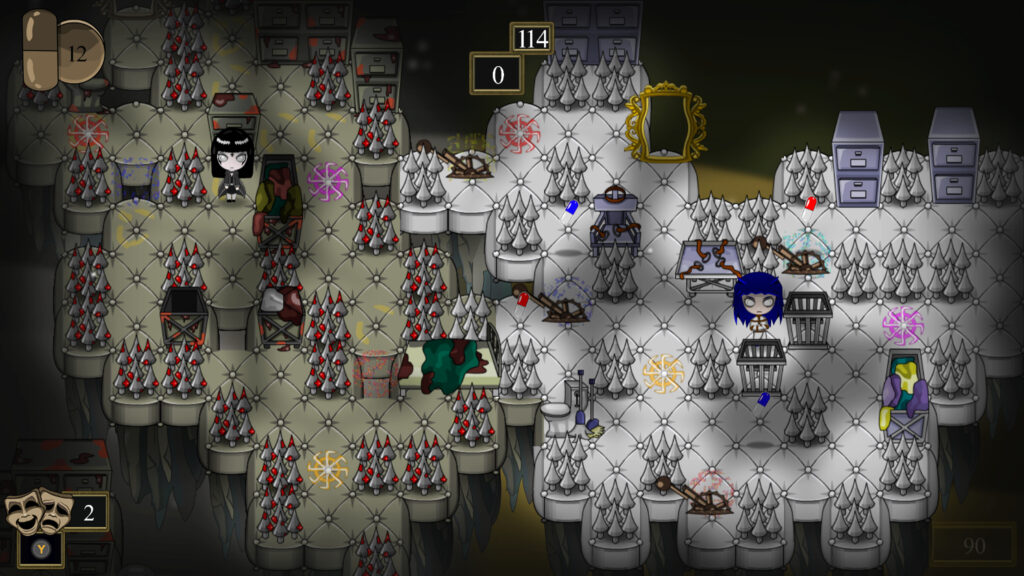
The last difficulty setting is only unlocked by completing the game, so if you’re a sucker for puzzle punishment there’s replayability for you in Reflection of Mine. What’s more, on the hardest difficulty, you also have a limit on the amount of moves you can make. Achievements are handed out for a thorough completion of the game. For example, for completing all the main levels in an area or for completing all of the ‘key’ missions in an area. The ‘key’ missions, in my humble opinion, are for masochists.
Was it Worth the Strife?
Choosing a rating for Reflection of Mine has been more difficult than for any other game I’ve reviewed so far. On the one hand I’ve enjoyed working my way through the puzzles, but on the other I’ve found its general treatment of mental illness and some aspects of its treatment of dissociative disorder to be unsettling. So where does this leave me? Well, I can’t say that I would recommend this game to a younger audience, there’s too much to misinterpret. As for an older audience, if suicide or overdose is a sensitive topic in your life, I’d steer clear. Perhaps ‘approach with caution’ is the best way to leave things.
I found a really good video on the Mind website where people discuss their experiences of dissociation. I’d recommend watching it if you’re curious to know more about dissociation from the perspective of those who experience it. Here’s a link to it on Mind’s Youtube channel.
Rapid Reviews Rating

2 out of 5
2
You can buy Reflection of Mine for the Xbox One from the Microsoft Store.
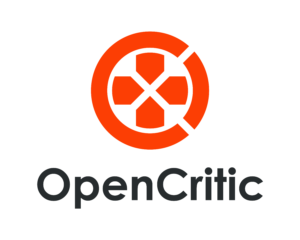
You can find and read our reviews on OpenCritic.



